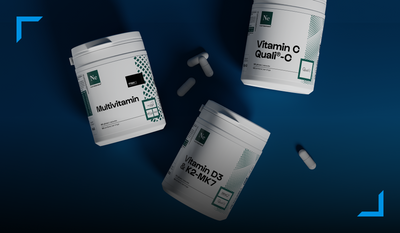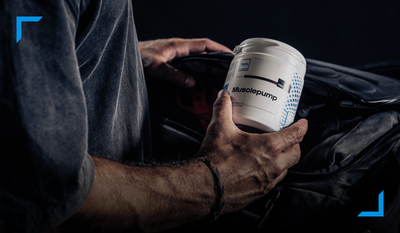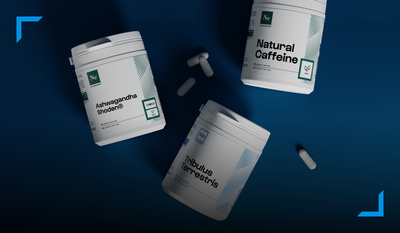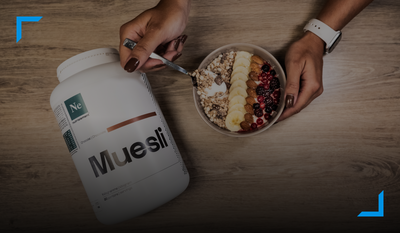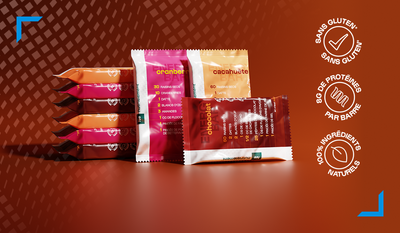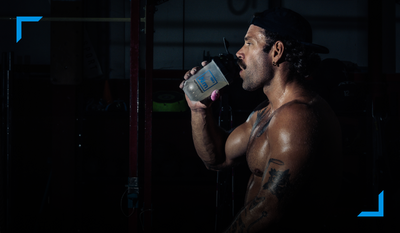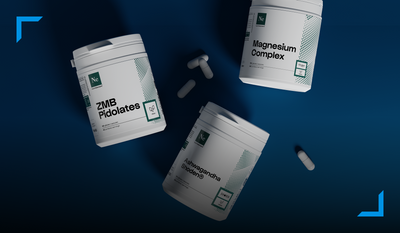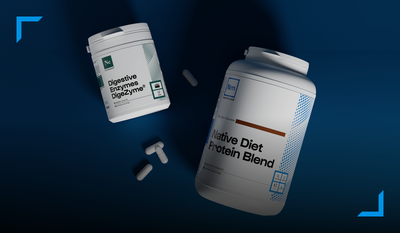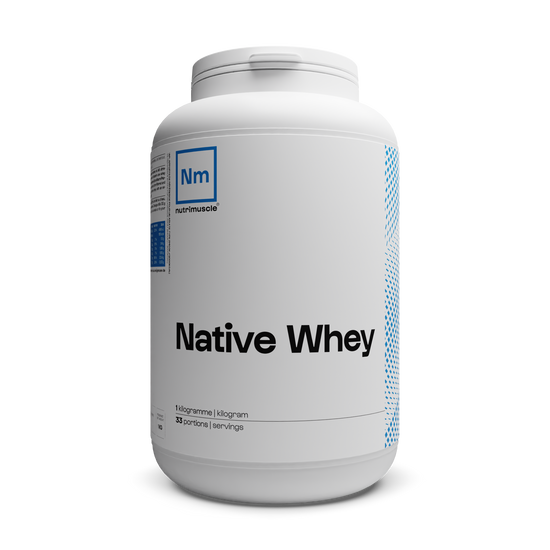0 commentaires
It is natural for a bodybuilder to take whey. However, this requires a certain amount of vigilance: not all wheys are qualitative. Nutrimuscle explains the major differences between native whey obtained directly from cow's milk and cheese whey, from waste from the cheese industry.
What you may not know yet about whey protein is that it doesn't necessarily come directly from milk. In fact, some food supplement sellers have no qualms about offering protein powders made from cheese waste.
The food industry uses a chemical process to transform milk proteins into cheese. Waste products are produced from this process and are recovered by most vendors to make "whey". Not only are these wheys obtained by chemical processes that degrade the product, but they are also less effective for muscle development.
We explain in detail the differences between whey cheese and native whey.
The nature of the raw material
Whey is obtained from whey proteins . These proteins contribute to muscle building and meet many sports objectives (gaining mass, losing weight, supporting muscle mass, etc.). There are therefore two main types of whey.
Native whey: Native whey comes directly from cow's milk, particularly "whey". It is in this aqueous part that the protein intake necessary for muscle development is found. The raw material is then composed only of milk proteins and not cheese waste.
Whey cheese: The raw material is completely denatured due to a chemical process that alters the molecular structure of milk proteins so that they become cheese.
The manufacturing process
Whey cheese: during the production of cheese, chemical reagents are introduced into the milk. This chemical process results in the appearance of GMP (Glycomacropeptides) in the whey cheese. GMP are not natural proteins, they consist of an agglomerate of sugars (up to 30%) and amino acids (up to 70%).
But that's not all: since the whey obtained takes on a yellowish appearance, it is generally bleached using a bleaching chemical. In addition, according to scientific analyses, traces of chemical preservatives are found in whey cheese.
Native whey: whey derived directly from fresh cow's milk does not require any chemical manipulation or addition of questionable products. Naturally, it does not contain GMP.
Protein quality
Whey cheese: the amino acids in whey are broken down during the cheese making process. The higher the temperature, the higher the GMP level. This results in whey with an unbalanced aminogram. In fact, GMPs only contain 7 essential amino acids out of the 10 that should normally be provided by a good protein. A whey cheese will therefore not provide you with optimal muscle growth.
Native Whey: it has a very high quality undenatured aminogram. It contains all 10 essential amino acids and in proportions that allow for increased muscle growth. To give an example, Nutrimuscle native whey contains approximately 14% more leucine (the most anabolic amino acid) than most cheese wheys. (1)
If a seller does not specify that his whey is native, it is automatically a degraded cheese whey. These wheys are found on the market because they are inexpensive to manufacture and allow sellers to obtain very juicy margins.
All Nutrimuscle whey proteins are native whey proteins and have not undergone any chemical manipulation of "instantization" to transform poor quality proteins, completely insoluble, into proteins that melt in water.
Our proteins therefore do not contain transgenic soy lecithin (GMO), sunflower lecithin or carboxymethylcellulose and have not undergone any treatment with ionizing radiation.
To know the difference between native whey and native whey isolate, consult our dedicated article.
(1) Hamarsland, H. et al. Native whey induces higher and faster leucinemia than other whey protein supplements and milk: a randomized controlled trial. BMC Nutr. 3, 10 (2017)




